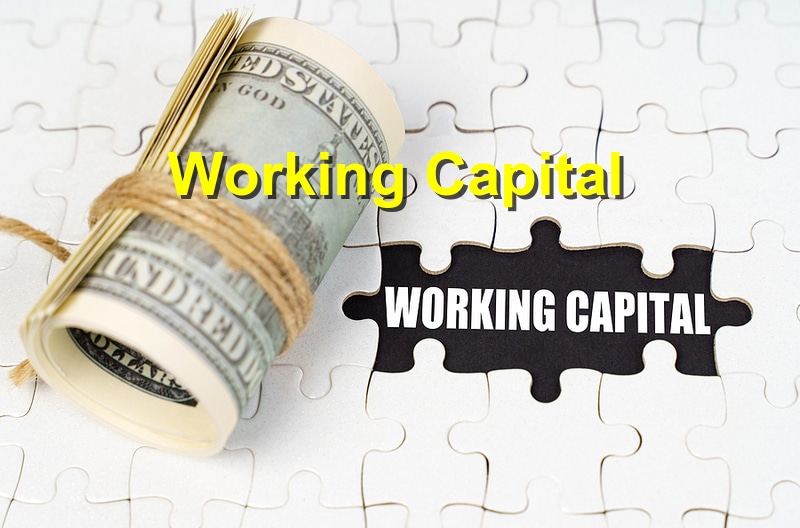In business, working capital is the difference between your current assets and your current liabilities, which forms the backbone of the business. Business operators need this capital to ensure that the business is running smoothly without serious constraints. As a contractor, you need to be well-versed with what entails working capital and how to calculate it while still keeping your business afloat. A positive working capital, means you have cash on hand to pay your staff and suppliers, buy raw materials, meet your tax obligations and repay any borrowing. In this piece, we introduce you to the concepts of working capital, how to calculate it and how to manage it.
How to calculate working capital
Working capital is simply the difference between your company’s current assets and current liabilities. Current assets are cash and other assets that can be converted to cash quickly while current liabilities are short-term bills that are due in one year or less. As a contractor, you should be able to convert current assets quickly, to pay off short-term debts.
How the Construction Industry is Unique
Calculating working capital is similar in many businesses although the management of the same may differ slightly depending on the business. In the construction industry, unique legal and tax status, distinct credit policies and unusual supply chain make the calculation of working capital unique and the management also distinct. A good construction company should be able to convert its invoices into payments sooner than it must pay its bills. Therefore, as a contractor, a negative working capital approach can lead to faster business growth and higher profits for your company.
How to Manage a Low-margin Situation
Keeping large amounts of unprofitable cash in hand is unprofitable for a business, therefore is the need to keep a small margin. This process may be tiresome to maintain. In such a situation, we advise you to develop a good working capital policy that allows you to foresee future fluctuations that may affect the margins. Moreover, we recommend you develop a good cash flow forecasting strategy that allows you to make accurate predictions. This includes possible future incomes and expenditures. In addition, develop solid contracts that clearly state the obligations of each party in the contract. This will allow you to better plan and budget all future expenditures. Finally, we advise that you address any emerging issues immediately, especially regarding any action that may breach the contract, especially from the other party.
Conclusion
For better business survival, working capital remains a cornerstone of any profitable business operation. As a contractor, you need to understand the uniqueness of the construction industry and how to develop a good working capital policy.




